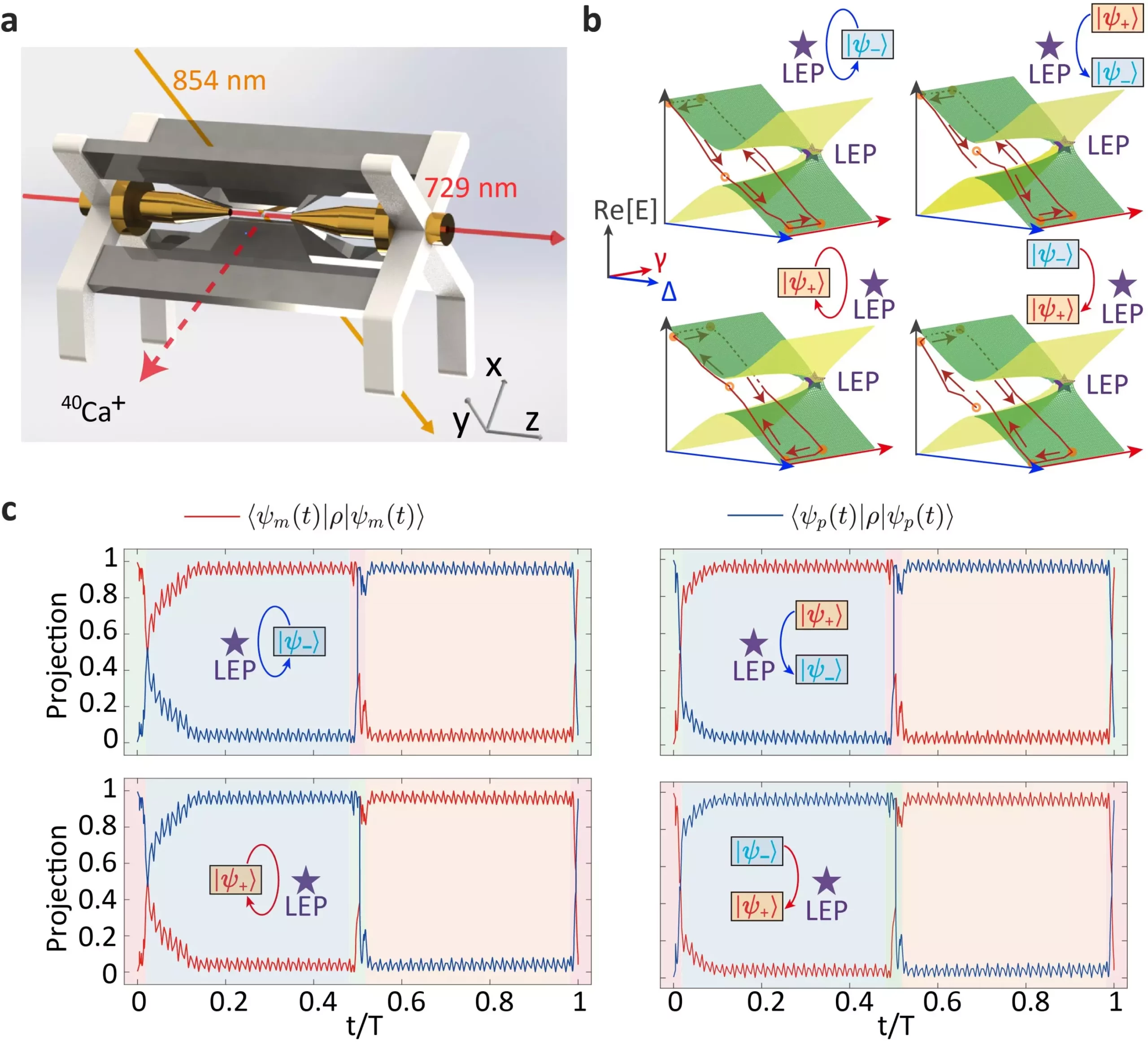In today’s technologically driven world, heat engines play a pivotal role in converting thermal energy into mechanical work. These systems are fundamental in a variety of applications, ranging from power generation to industrial processes. As we delve deeper into the realm of quantum mechanics, the exploration of Quantum Heat Engines (QHEs) has emerged as a critical frontier for enhancing the efficiency and performance of these systems. By harnessing the principles of quantum thermodynamics, researchers strive to design QHEs that not only outperform classical counterparts but also enable breakthroughs in energy efficiency.
Understanding Quantum Heat Engines and Their Dynamics
Quantum Heat Engines operate within the framework of open quantum systems, which are characterized by their interactions with external thermal baths. This interaction allows for phenomena like quantum jumps, introducing unique challenges in understanding the dynamics of QHEs. Traditional descriptions often rely on Hamiltonian models; however, recent studies highlight the limitations of this approach. Instead, the concept of Liouvillian Exceptional Points (LEPs) provides a richer understanding of the system’s behavior far beyond what Hamiltonian Exceptional Points can offer.
LEPs offer a novel framework to examine the physical properties and performances of quantum systems that undergo energy exchanges. Despite their potential, extensive research around LEPs, especially in the context of quantum thermodynamics, has been relatively sparse. This gap signifies a promising area of exploration that could yield valuable insights into the operational mechanisms of quantum heat engines.
Recent collaborative research led by Professor Mang Feng of the Innovation Academy for Precision Measurement Science and Technology has shed light on this intricate landscape. Alongside a distinguished team of researchers from Hunan Normal University and Pennsylvania State University, Feng’s team has pioneered a study on chiral quantum heating, cooling, and effective quantum state transfer utilizing an optically controlled ion. Their innovative approach reveals the chiral properties of quantum systems influenced by non-Hermitian dynamics, diverging from conventional interpretations that primarily consider Hermitian frameworks.
A remarkable aspect of this study is the revelation that the behavior of quantum systems—whether acting as a heat engine or a refrigerator—can be influenced by the direction in which a closed loop is encircled. The findings also underscore the significance of non-adiabatic transitions and the Landau-Zener-Stückelberg process in facilitating chiral performance, thereby establishing a vital connection between these theoretical processes and practical applications.
The experiment not only illuminates the relationship between chirality and thermal exchange in quantum systems but also signifies a leap forward in our understanding of topological behaviors in non-Hermitian environments. Professor Feng articulates that their findings support the premise that asymmetric mode conversions are fundamentally tethered to the topological characteristics of the Riemann surfaces. This new understanding could revolutionize the design of more efficient quantum chiral devices while enhancing QHE efficiencies through LEP optimization.
This groundbreaking research offers a tantalizing glimpse into the future of quantum thermodynamics and energizes the discourse surrounding advanced quantum technologies, such as energy conversion systems and quantum computing. As researchers navigate this dynamic field, the insights gleaned from studying LEPs and chiral dynamics will undoubtedly steer the course of future innovations, culminating in advancements that could alter the landscape of energy technologies at fundamental levels.

